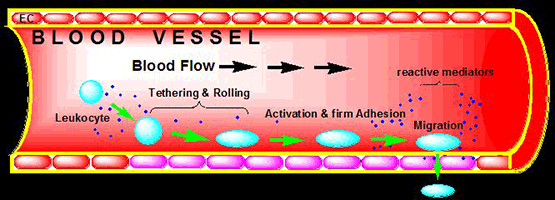Research
We thank NIH, NSF, American Cancer Society, American Chemical Society, Research Corporation, Ohio Cancer Research Associates, Mizutani Foundation for Glycoscience, Steven M. Scott and Rebecca J. Scott, Paul Schaap, University of Florida, Wayne State University, and Case Western Reserve University for their continuous and generous financial supports for our research program.
- Carbohydrate-based cancer vaccine or immunotherapy research. It aims at developing new methods to address the immunotolerance problem of tumor-associated carbohydrate antigens (TACAs) encountered in the design of therapeutic cancer vaccines or cancer immunotherapies. One of our strategies is to combine metabolic engineering of cancer cells with synthetic conjugate vaccines made of chemically modified TACAs.
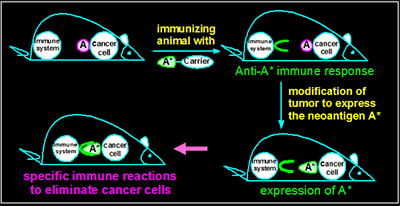
Active Cancer Immunotherapy

Passive Cancer Immunotherapy
- The other strategy for the development of effective cancer vaccines is to employ monophosphoryl lipid (MPLA) as the carrier molecule that has extremely strong immunstimulantory and adjuvant activities. The resulting fully synthetic conjugate vaccines are proved to be highly immunogenic and, moreover, self-adjuvanting. These studies have led to not only the development of effective cancer vaccines or immunotherapies but also further in-depth understanding of cancer immunology and glycoimmunology.
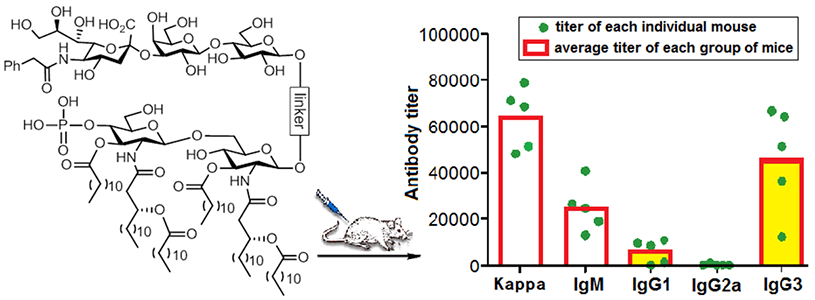
- Synthesis and structural studies of glycosylphosphatidylinositol (GPI) anchors and GPI-anchored glycoconjugates. This project aims at developing new and effective methods, including chemical and chemoenzymatic methods, for the synthesis of GPIs, a group of complex glycolipids that anchor surface proteins and glycoproteins onto the cell membrane, and for the synthesis of GPI-anchored peptides and proteins, as well as employing the synthetic molecules to investigate the structures and biological functions of GPI anchors and GPI-anchored molecules.
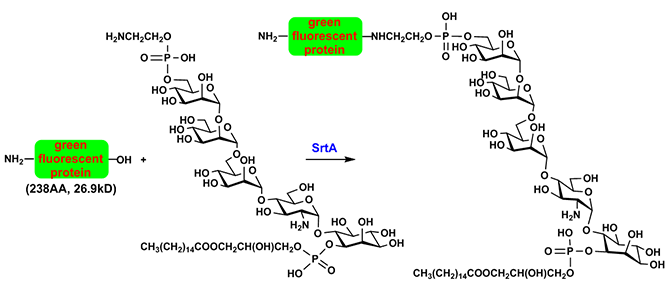
- Using synthetic GPI derivatives to explore cell surface GPI anchorage and GPIomics New methods are developed for the synthesis of various biofunctionalized GPI anchors and related derivatives. These molecules are used as molecular tools to study protein and glycoprotein anchorage to the cell membrane, GPI-anchored proteomics, and the differences between normal and disease cells in terms of their GPI-anchored proteins and glycoproteins. Another important goal of this project is to discover novel molecular markers on cells useful for disease diagnosis and therapy.
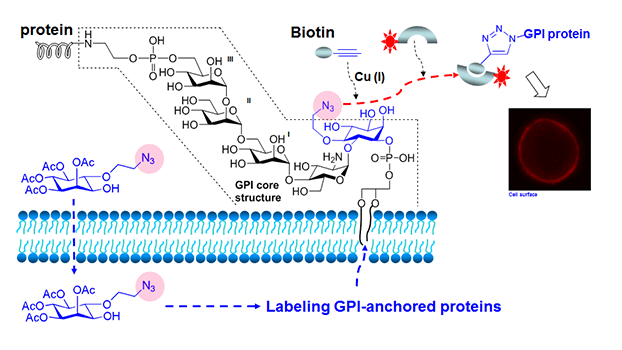
- Using synthetic membranes to study GPI anchorage to the cell and GPI interactions with GPI-binding proteins. Synthetic GPIs and GPI conjugates are employed to assemble defined biomimetic GPI membranes, which will be used to explore a wide range of issues related to GPI anchorage, such as the orientation, arrangement, and fluidity of GPIs in the cell membrane, and to study GPI interactions with other molecules on the cell surface. For example, one study of this project is to understand the interactions between pore-forming bacterial toxins and GPIs on the host cell surface so as to facilitate the design and development of novel pore-forming toxin antagonists.

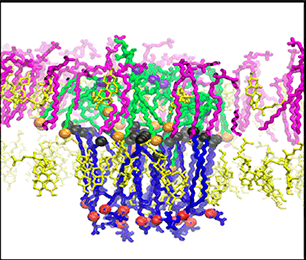
- Other research projects in the Guo lab, including the development of new glycosylated polymers and materials for the study of biology, targeted drug delivery, and other biomedical applications.

